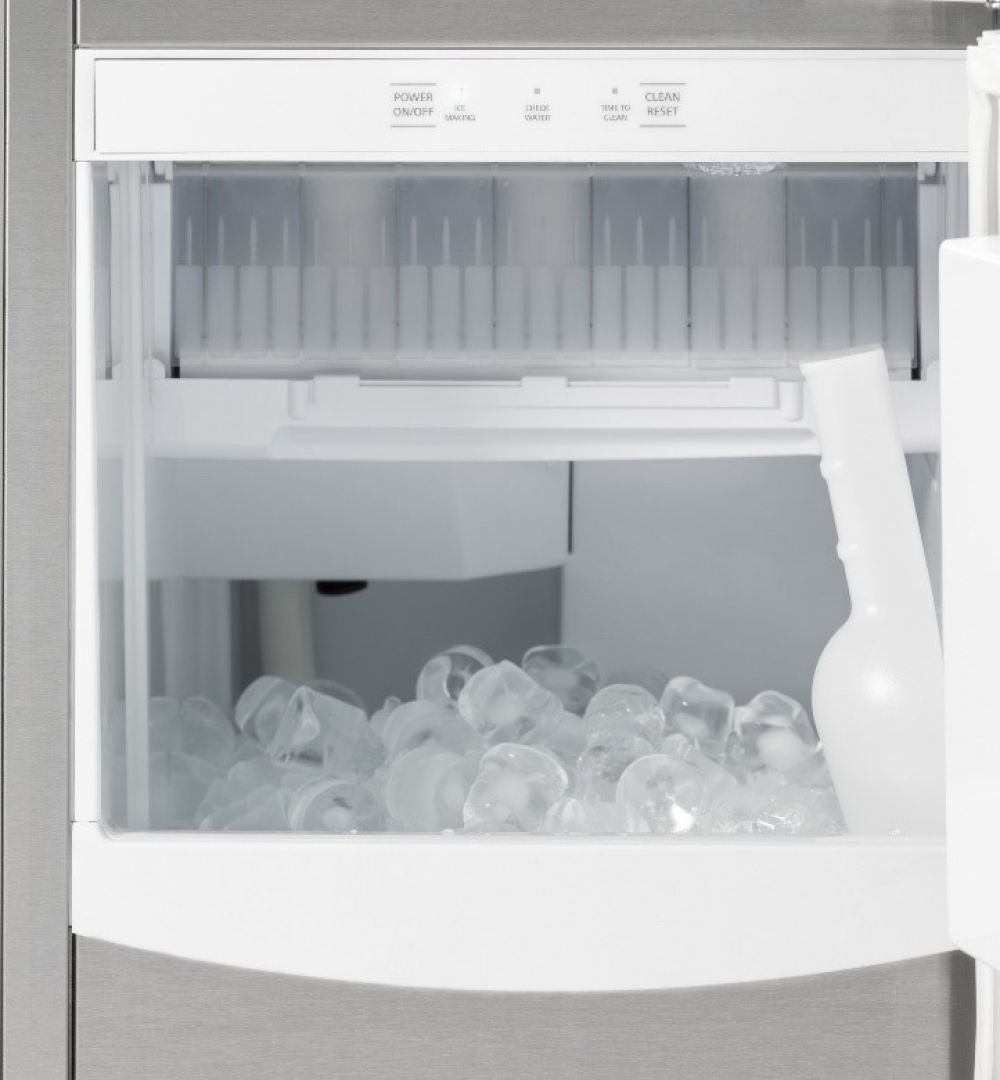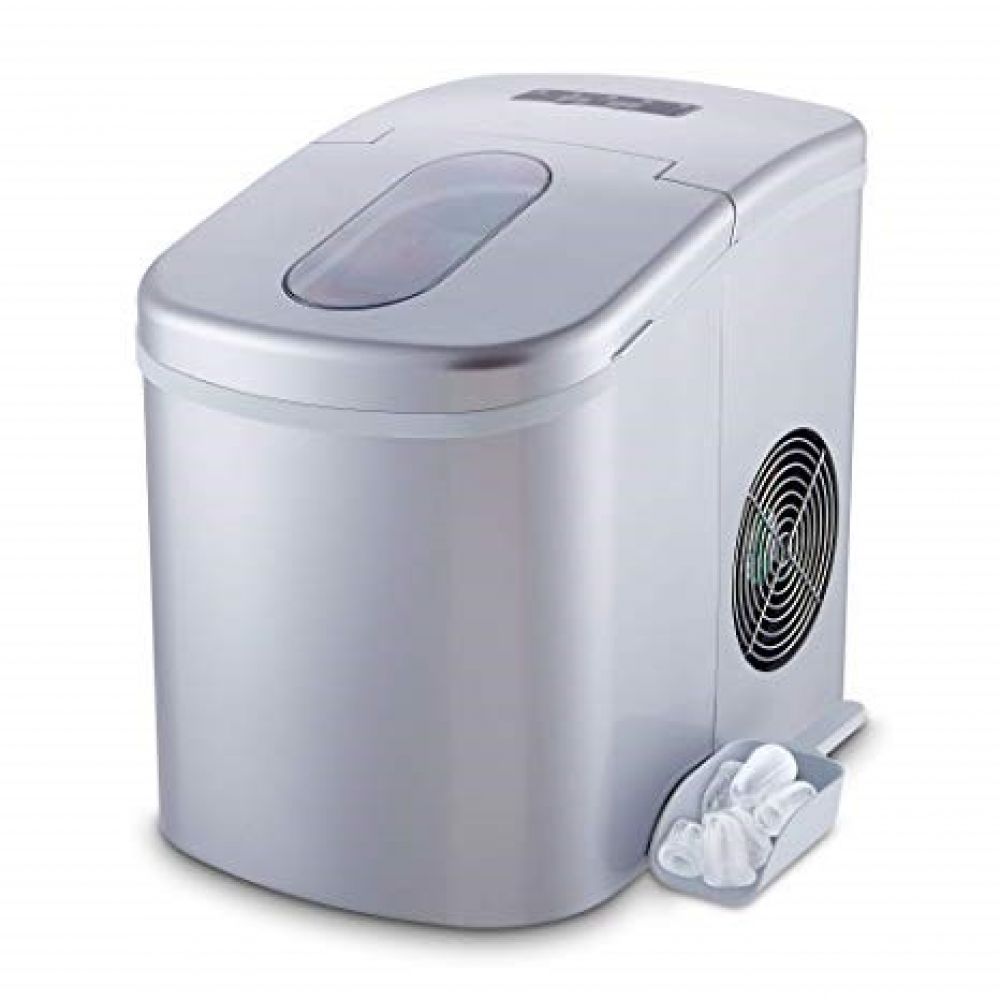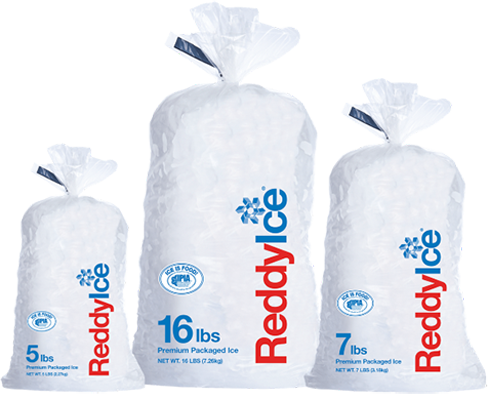Home Made vs. Packaged Ice: which one is better?
Whether you’re indulging in a laid-back afternoon with a cocktail in your pajamas or hosting a crowd for a sophisticated soirée, nothing feels more rejuvenating than a drink in your hand with lots of ice in it. What’s more, the very taste of the ice cubes can make the difference between a refreshing drink and one that is poured down the drain.
So, a critical question comes to mind – where do you go for all your ice needs? If you are trying to ensure that your home is adequately stocked with ice, you have a few options at your disposal. Let’s explore the first and most obvious choice – freezer section of your refrigerator, since it has an automatic ice maker built right in.
Home Made Ice
Ice made in your ice chest is definitely at an arm’s reach, but that does not make it a good choice, in fact it should never be an option in the first place. Here are various factors, some controllable and others beyond your power, that will convince you to rethink refrigerated ice.

- i. Water Quality
If the water supply in your neighborhood has a funny taste due to algae, mineral deposits, sulfur, or other impurities, you’re going to taste it in your ice. And if your water has a poor taste, so will the ice cubes.
Even in localities where the tap water tastes good, most refrigerators either don’t have an in-line filtration system or have a higher level of mold, mildew and/or stagnant water sitting in the water line. Therefore, the ice being made in it is also “tainted” or “cloudy”.
- ii. Ice Odor or Taste
According to General Electric, a new refrigerator can emit a plastic odor, which may cause poor-tasting ice cubes. Because the area is enclosed, the odor has a difficult time escaping.
Ice may also have a bad taste due to poorly cleaned ice cube trays. Some trays, such as those made of cheap plastic, may transfer the taste of plastic onto ice cubes.
Ice that has been sitting in the freezer for several weeks may get old or stale, as well as develop a poor taste.
Furthermore, the quality of food located in your freezer also affects the ice as it may start absorbing food odors/gases very easily. If you have open food containers or spoiled cuisine somewhere in your refrigerator, the ice will start to taste like it.
- iii. Speed and Scale
Do you host events and gatherings often and find that you need a large amount of ice? If you’re serving a big crowd, you may need various forms – ice cubes and block ice – in a short period to both chill as well as serve drinks. Also, you don’t ever want to run out of ice, as it is a real party-killer.
Typically, refrigerators that come with ice makers won’t produce enough ice for a group of people in one setting. In such cases, the amount of ice generated by your refrigerator just isn’t enough.
Counter Top or Portable Ice Makers
So far, we have made a strong case for you to ditch refrigerated ice. Now if you’re thinking of stand-alone ice makers as a way to source ice cubes instead, think again as they come with their own set of limitations.

- a. Water Supply
Ice makers don’t have access to a steady stream of water. They have to be refilled manually whenever they run low.
- b. Temperature Variations
Because they’re not refrigerated, ice makers are also more susceptible to external temperatures. Placing them in high heat or direct sunlight can slow down the ice making process, reduce ice cube size, or cause the ice in the ice bucket to melt faster.
- c. Storage Limitations
Ice makers are unable to store the ice once it’s been generated. As soon as the ice slides down into the ice basket, it begins to melt. If it’s not removed, it will all drain back down into the reservoir and get sucked up by the water pump to form new ice cubes.
Packaged Ice
So, do all the reasons above make store bought ice better? Not necessarily. The convenience store, ice supplier and their ice making process play a key role here. Not all bags of ice cubes or block ice are the same. If you’re buying a bag of ice at a store where ice has been made in the back room and scooped into generic bags, the risk may be higher.
In fact, Ice can and will go bad. Because it is a type of frozen food, ice can become contaminated with bacteria – from Salmonella and E. coli to Hepatitis A – that can cause illness. But we rarely think of the consumption of this “forgotten food” as a possible cause of a foodborne illness.
In the absence of any specific federal or state packaged ice manufacturing standards or regulations, in 1998, International Packaged Ice Association (IPIA) – a non-profit association that represents ice producers – recognized that ice is food and made the decision to self-regulate and develop Packaged Ice Quality Control Standards (PIQCS) as a requirement of membership. In 2011, this standard was further elevated via PIQCS-Plus system that required Hazard Analysis/Critical Control Point (HACCP) for monitoring the safety of ice throughout the manufacturing and distribution processes.

Purchasing store-bought ice from an IPIA-certified manufacturer seems like the best option at the moment. Driving down to your nearest retail store to fetch a bag of packaged ice with an IPIA label is worth its weight in gold, and here’s why.
- i. High Standard
Ice suppliers belonging to IPIA family strictly adhere to PIQCS. Their packaged ice in any form – bag of ice cubes or block Ice – is always made from filtered water and produced in a food grade environment (untouched by human hands) for a safe and sanitary food product for the consumers.
- ii. Long Lasting
The freezing method used by packaged ice makers to commercially produce ice ultimately impacts the rate at which ice melts. For instance, homemade ice will often melt much faster due to the presence of small air bubbles stuck inside the ice. On the other hand, a perfectly solid ice cube packed with only water molecules will have very small crystals and maintain its low temperature longer.
- iii. Great Taste
Pure distilled water when frozen quickly produces clear, odorless and tasteless ice cubes. That’s a big bonus for fans of mixed drinks — or anyone who just wants their cold one to taste exactly like it should. These ice cubes are flavorless, fit in any glass, and look pretty good.
Conclusion
When it comes to making vs buying, purchasing quality ice from your favorite retailer (like Walmart, Kroger, or CVS), wins hands down. On the surface it might appear that homemade ice production is inexpensive and user-friendly but it falls short on quality, taste, as well as scale. On the other hand, purchasing ice that adheres to IPIA’s PICQS-Plus standards is a smart choice.
So, the next time you need ice, here’s what will suffice –
- a. Run to your favorite grocery, supermarket, convenience store, drug & pharmacy store, discount store, or mass merchant
- b. Make sure your Ice supplier is IPIA certified. The easiest way to confirm this is by locating an IPIA label, manufacturer’s name, address, and phone number on the bag of packaged ice. The labels must also list the net quantity of ice.
- c. Ensure that the bag of ice is sealed properly. Drawstring ties are not a good seal for packaged ice.
